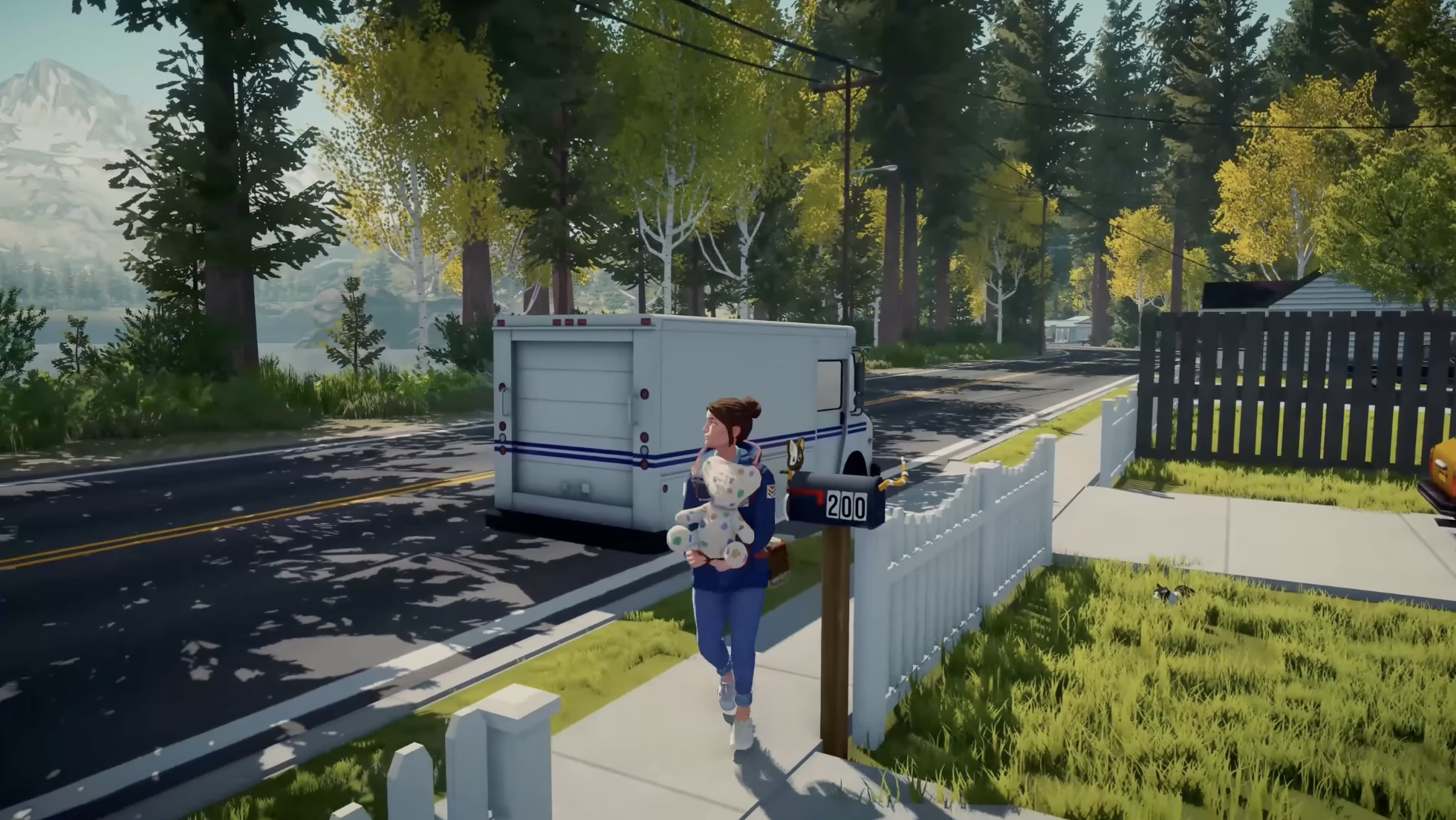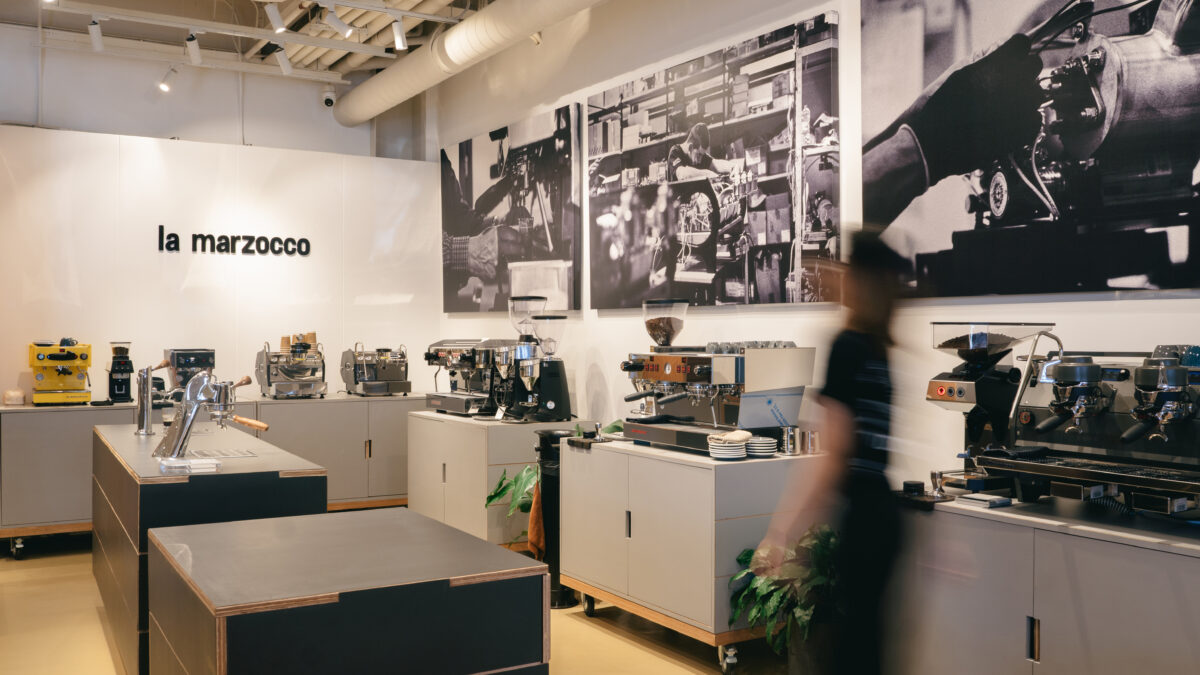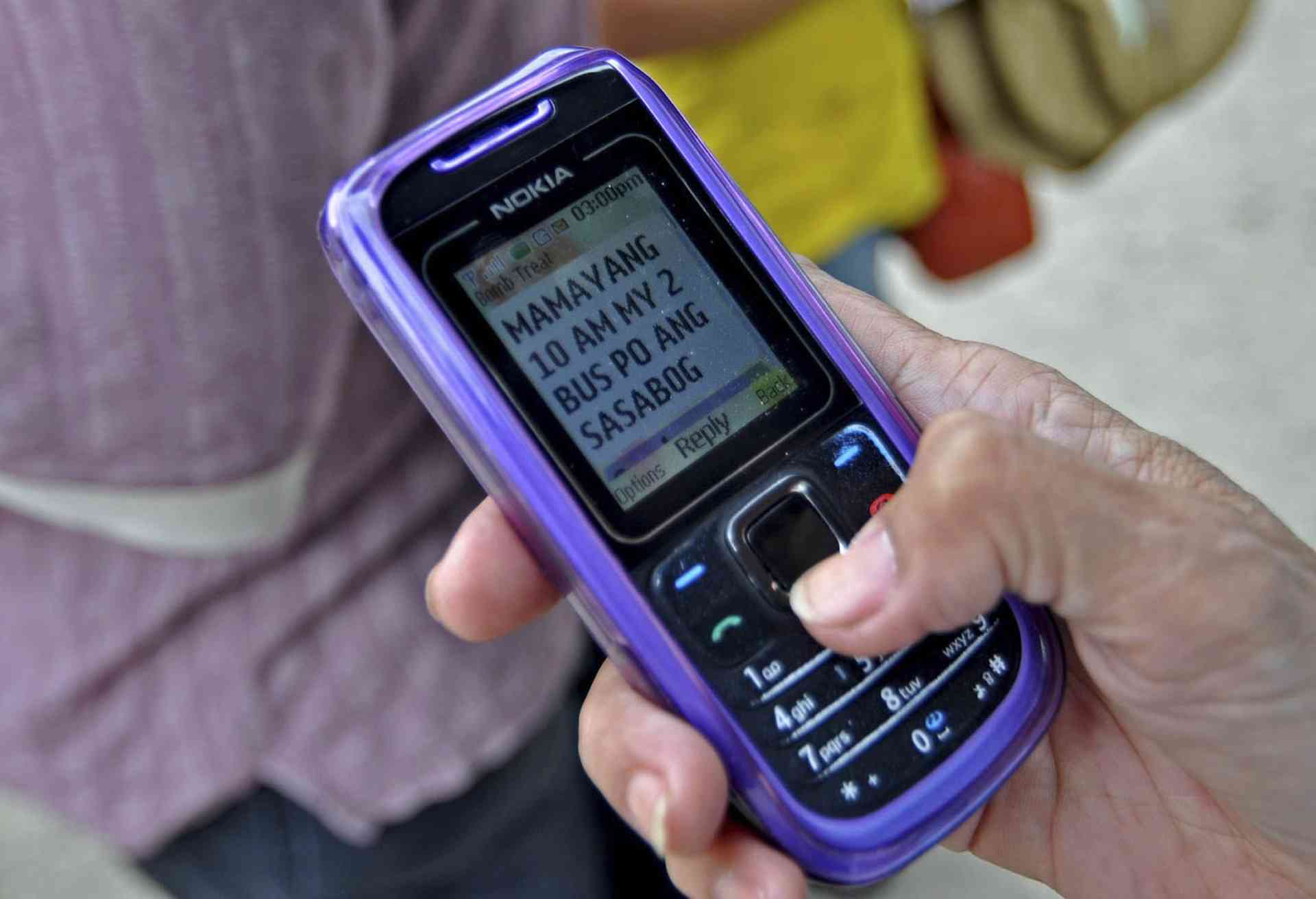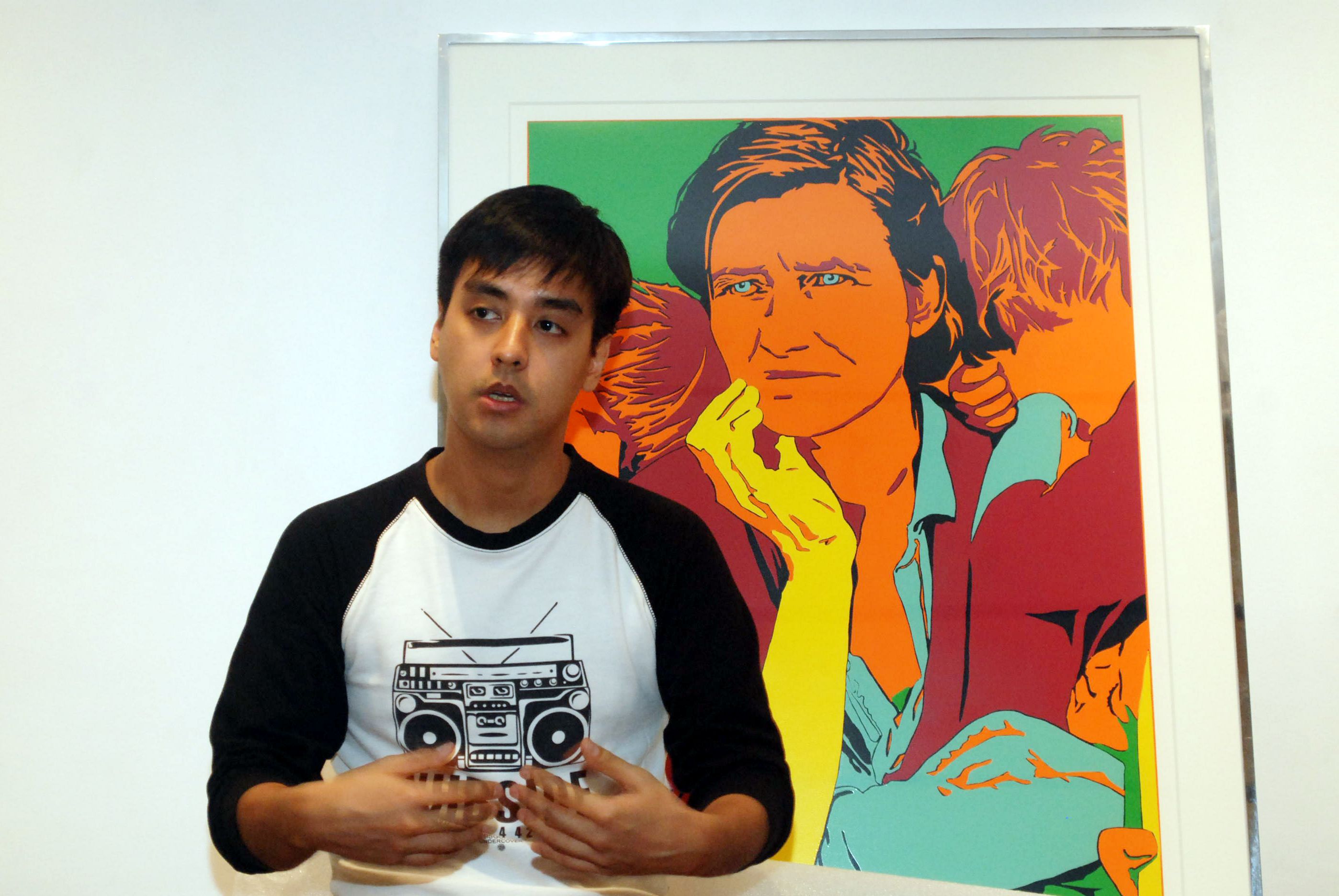Beyond bargain shopping at Chatuchak Market or visiting the different temples in Bangkok, much remains unexplored in Thailand. On my last stay, I discover interesting attractions off the beaten tourist path that lead to rather unusual experiences.
Here are some of them:
1. Trainspotting at the River Kwai
Nestled between limestone peaks and a river, Kanchanaburi makes for an ideal retreat from Bangkok’s bustling city life. But this idyllic setting was also the location of the infamous bridge over the River Kwai, whose tragic World War II history was behind the plot of the award-winning movie of the same title.
Under Japanese rule, captured allied forces were tasked to build a railway connection from Bangkok to Yangon in Burma to transport men and military supplies. It became known as the Death Railway, 415 km of rail built in 16 months when it would have taken five years of normal labor to complete a project of this scope.
During the war, the Kwai River Bridge claimed more than 100,000 lives, now honored with a War Cemetery and the Thailand-Burma Railway Centre Museum documenting the railway’s history.
Today, trains still run over this railway and bridge, as local folk and a few tourists opt to use the train as a cheap way to get around the country.
2. Momentary Markets
A few steps away from the Maeklong Station, beneath makeshift tarps, is a market along the railroad tracks. When no train is passing, you find vendors on the tracks hawking just about anything: six different types of eggplants used for curries, a variety of rice noodles, curry pastes in mild yellow, spicy green, and extra spicy red, skewered grilled frogs, fiery red chilis, Thai desserts, super-sized beans, dried fish and a whole lot more. Fruits are in abundance, and cheaper than in Manila. My favorite find amidst the varied squid and fish balls was seafood balls shaped and colored like Red Angry Birds. Once a train arrives, the vendors scramble to secure their wares, while shoppers run for their own personal safety.
3. Muang Sing National Park
If you haven’t been to Cambodia and wish to see ancient temples, head to Muang Sing National Park, which features the remains of two Khmer temples dating back to the 13th Century. The temples are in Bayon style, in honor of the ancient Khmer Kingdom during the reign of King Jayavarman in the 12th century. There are Mahayana Buddhist images inside the main temples and one of Prajna Paramita, the goddess of transcendental wisdom. Thai people still come to offer flowers and pray to this image with its face, knees and heart gone shiny from the devotees’ frequent rubbing. Inside this ancient city have been found prehistoric human skeletons, metal tools, vessels, brick bases of Dvaravati period architecture and other artifacts from the 13th century.
4. Ancient Temples in Chiang Rai
While there are temples all over Thailand, at the Chiang Saen District of Chiang Rai, two ancient temples stand out: Wat Phra That Chedi Luang and Wat Pa Sak. The former is the tallest Lanna monument at 88 meters in Chiang Rai, with Lanna-style bell-shaped chedi. There are different styles of pagodas around it, and the Chiang Saen national museum next to it.
Close by is Wat Pa Sak, built in 1295, whose main pagoda contains holy relics of Lord Buddha’s bones from India.
5. Hanging out with the Hill tribes
If you wish to be transported to a different time and a totally different culture, immerse yourself in the hill tribe cultures of Northern Thailand. In the midst of the jungle is Lanjia Lodge located in Kien Karn village, where we were hosted by Hmong and Lahu villagers who cooked us traditional meals. Children and parents danced in the evening and allowed guests to laugh, talk and take photos. During the day, one can visit the village shaman to learn practices about spirits and how to heal illnesses. You can also try your hand at batik art and make a handkerchief using natural dyes and traditional patterns. Rooms were comfortable, and aptly equipped with mosquito nets.
But my biggest joy here was waking up to the cool, crisp, clean mountain air, and lounging in the open-air hut as the sun started to rise. Immersed amidst the Lahu and Hmong people, I realized how good it was to return to a simpler way of life.
6. Sparkling White Temple
Even if you have seen many pagodas in Thailand, this one stands out with its intricate details and blindingly white color. Known as Wat Rong Khun, this White Temple is not really a place of worship. Rather, it is a work of art by Chiang Rai artist Achan Chaloemchai Khositphitphat.
The ordination hall is decorated with tiers of glittering mirrors. Inside the temple is a mural with super heroes, even an image of Keanu Reeves in “The Matrix.” In this setting, you almost expect the Ice Queen to surface.
7. Black Houses
Less prominent than the White Temple are its hidden counterparts called the Black Houses. Created by Thai national artist Thawan Duchanee, the 25 Northern Style houses are where he exhibits local art and artifacts. Seeing antler, elephant bones, giant baskets and gongs inside these black buildings make for an interesting afternoon.
8. Tea Plantations
India and Bangladesh are known for their abundant tea plantation. Even the Cameron Highlands in Malaysia is popular for its tea fields. But unknown to many, Thailand produces fine Oolong Tea or Black Dragon Tea. This area has the biggest tea plantation in the country.
After a 70-kilometer drive from Chiang Rai on dizzying zigzag roads, one arrives in Mae Salong and immediately feels like being in a different country all together. At 1,200 meters above sea level, the plantation has a mild temperature ranging from 150 to 200C.
The people look Chinese and speak Chinese dialects, not Thai. They are retired Chinese soldiers from the 93rd Division of the KuoMinTang party who fled China for Burma during WWII. With Burmese soldiers fighting them off, they eventually moved down to Thailand and settled in Mae Salong.
The cool climate and fertile soil make this area ideal for growing tea. Naturally, there are also restaurants serving authentic Chinese food, as well as pagodas.
With limited space in my luggage and still more destinations on my journey, I regret buying just one box of tea. The Emerald Thai tea I bought was naturally sweet, with no added sugar, and was an apt souvenir of this trip. •
For more golden delicious moments in food and travel join the author’s journey at Facebook/MaidasTouch, follow her on twitter/themaidastouch, read Maida’s blog, www.themaidastouch.blogspot.com or e-mail her at maida@maidastouch.com.










































